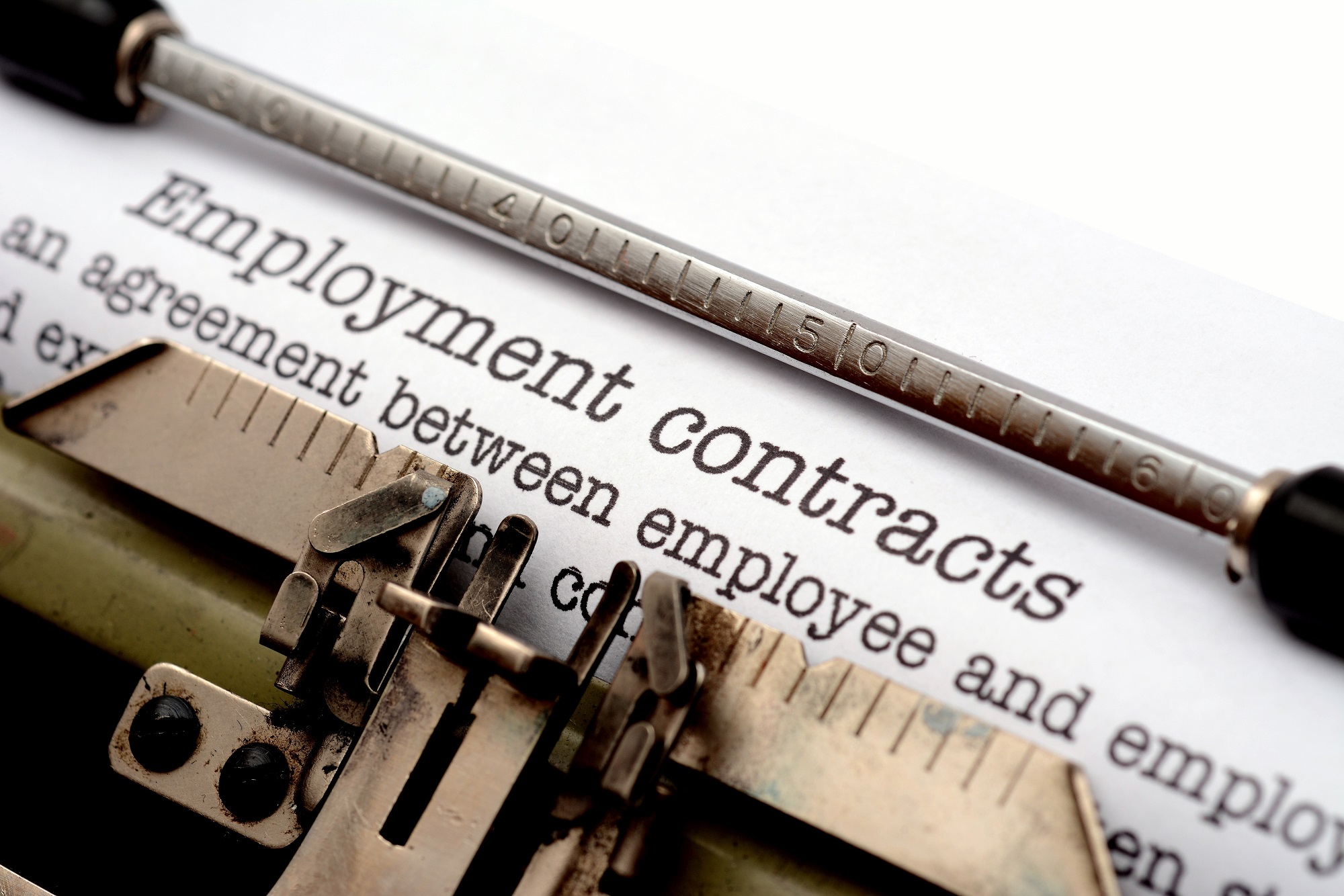“The only constant in life is change.” – Heraclitus of Ephesus
The same can be said of business, though some employees will resist change, and the challenge for a business is how to effectively implement vital change without losing the commitment of valuable human capital along the way.
Many are familiar with the 1969 Kubler-Ross Change Curve Model, which depicts the five stages of grief as being: denial, anger, bargaining, depression, and acceptance.
The model has long been utilised by HR professionals to better understand the emotional turmoil employees may face by changing initiatives at the workplace.
The consequences of failing to manage workplace change effectively can increase employee resistance and deplete employee engagement, resulting in a loss of knowledge and increased costs, not to mention the obvious worst-case scenario.
There are various change management models out there. For example, the Ulrich Model introduced the concept of particular roles designed to meet the four “generic deliverables” which Ulrich believed vital to ensure business success, one of which was capacity for change, with a key role for HR practitioners being “Change Champions” or “Change Agents”, skilled at overseeing change and transition within organisations.
A small or medium enterprise (SME) does not necessarily need to go as far as introducing a “Change Champion” to oversee change, but it is advisable to be well prepared to avoid the pitfalls.
There are many reasons employees resist change ranging from self-interest and concern about whether they may be worse off, to fear and misunderstanding of managers’ motives, and cynicism about the benefits change may bring. Many people simply do not like change and prefer things to stay as they are.
Three straightforward steps an SME can take to implement change are:
- Communication
Preparation is key and this involves effectively communicating with employees the importance of change and discussing the benefits change will bring. Fail to communicate properly means you are allowing employees to guess, essentially permitting them to imagine a worst-case scenario.

Impression works with businesses across the automotive aftermarket supply chain such as parts suppliers, warehouse distributors, motor factors and independent garages. Covering all aspects of automotive aftermarket marketing, including social media, event management, customer newsletters and PR, Impression is able to quickly establish itself within a client’s business and work towards their objectives.
- Cultivate a plan
Once everyone is prepared, create a plan to make sure things run smoothly to minimise negative impacts. Develop goals and assign duties to managers and workers and incorporate a feedback loop.
- Implement the change
Everyone needs to execute their assigned roles and the progress of the transition should be tracked. Results should be evaluated and tweaked if necessary.
Whilst much change is positive, unavoidable redundancies are the most significant negative change which can occur in an organisation. Redundancy is seen as a “no fault” dismissal and will affect the morale of all staff and not just those at risk. Key staff need to be retained, and the redundancy process needs to be as compassionate as possible for those who are not.
The Trade Union and Labour Relations (Consolidation) Act 1992 requires employers to follow a consultation and selection process when the proposal is to dismiss 20 or more employees. In cases of fewer redundancies, there is no minimum or maximum consultation process, but there must be “meaningful” consultation. Implementing changes carefully and lawfully will mitigate the negative impact on everyone involved.
Contact us for further advice.








